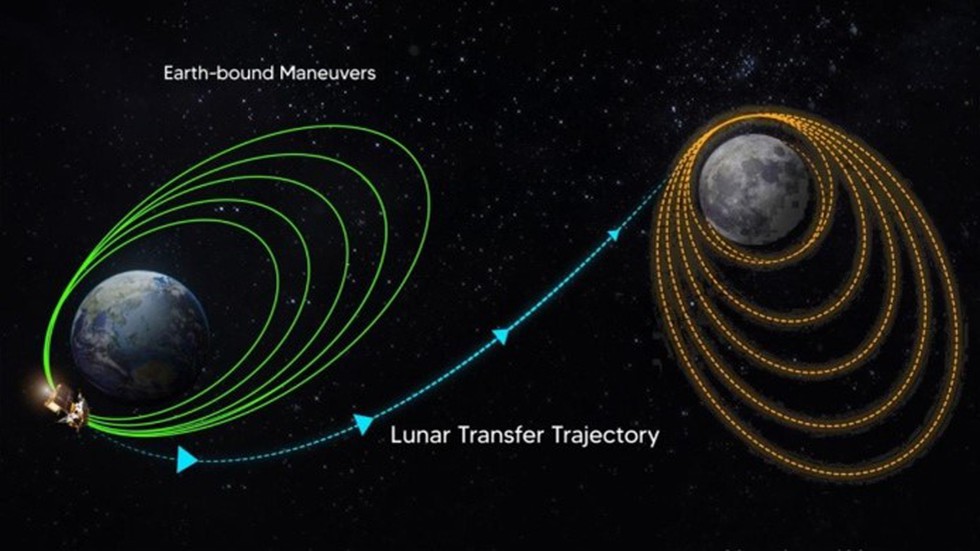
About TransLunar Injection (TLI):
- It is a critical manoeuvre performed during space missions to send spacecraft from Earth's orbit to a trajectory that will take them to the Moon.
- It is a key step in lunar missions, enabling spacecraft to escape Earth's gravitational pull and travel to the Moon.
- When is it performed? The TLI is performed when the spacecraft is at a specific point in its orbit known as the ‘perigee’ or the closest point to Earth.
- How is it done?
- During a TLI, the spacecraft's propulsion system fires its engines to accelerate the spacecraft.
- The spacecraft gains enough speed to break free from Earth's gravitational pull and embark on its journey toward the moon.
- The amount of thrust and duration of the TLI burn depends on various factors, including the spacecraft's mass, its velocity in Earth's orbit, and the specific mission objectives.
- What happens next?
- Once the TLI is successfully completed, the spacecraft is put on a lunar trajectory, and it will continue its journey to the Moon without further propulsion from Earth.
- After the TLI, the spacecraft typically enters a transfer orbit, which is an elliptical path that intersects with the Moon's orbit.
- The spacecraft continues to travel in its highly eccentric orbit until it reaches the Moon's surface.
- As the spacecraft approaches the Moon, it may perform additional manoeuvres, such as lunar orbit insertion (LOI), to enter into lunar orbit or land on the lunar surface, depending on the mission's goals.
- The TLI burn has been performed successfully on many missions to the Moon, including the Apollo missions, the Chang'e missions, and the Artemis missions.
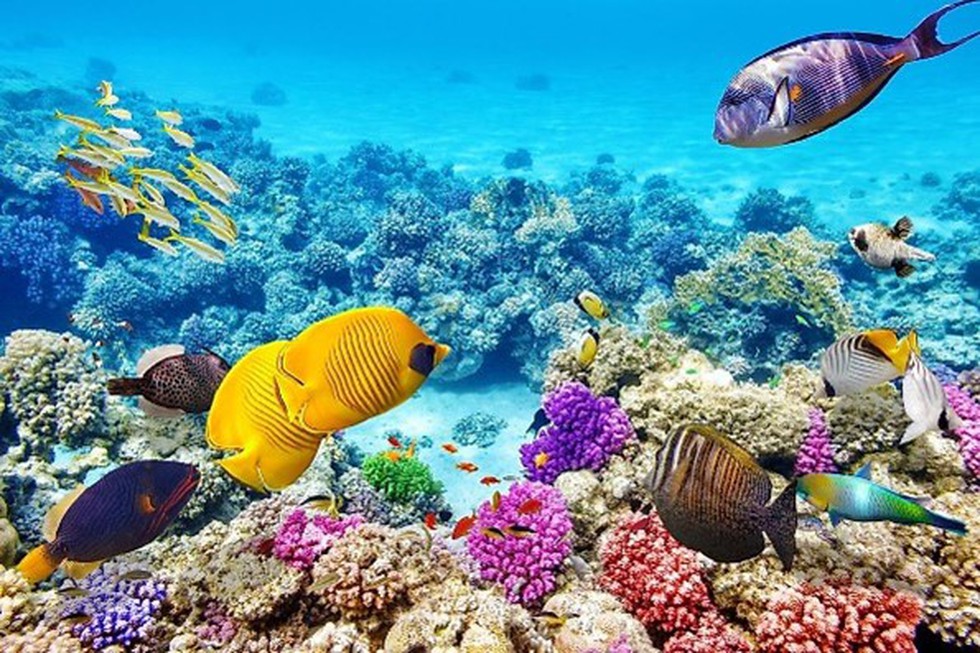
About Great Barrier Reef:
- Location: It lies in the Pacific Ocean off the northeastern coast of Queensland, Australia, in the Coral Sea.
- It is the longest and largest coral reef system in the world.
- Size:
- It extends in roughly a northwest-southeast direction for more than 2,000 km, at an offshore distance ranging from 16 to 160 km, and its width ranges from 60 to 250 km.
- It has an area of some 350,000 square km.
- It is composed of over 2,500 individual reefs of varying sizes and shapes and over 900 islands.
- It was designated as a UNESCO World Heritage Site in 1981.
- Much of the Great Barrier Reef is a marine protected area, managed by the Great Barrier Reef Marine Park Authority of Australia.
- Biodiversity: It is estimated that the reef is home to around 1,500 species of fish and around 600 different coral species.
Key Facts about Corals:
- Corals are marine invertebrate animals that belong to the phylum Cnidaria.
- Coral Polyps:
- Corals exist as individual polyps, which are small, sac-like organisms with a mouth surrounded by tentacles.
- The polyps secrete a hard external skeleton made of calcium carbonate, which forms the basis of the coral structure.
- Colony:
- Most polyps live in groups of hundreds to thousands of genetically identical polyps that form a ‘colony’.
- The colony is formed by a process called budding, which is where the original polyp literally grows copies of itself.
- Symbiotic Relationship:
- Many corals have a symbiotic relationship with single-celled algae called zooxanthellae.
- These algae live within the coral's tissues and provide them with essential nutrients through photosynthesis.
- In return, the corals offer protection and a place to thrive in well-lit, shallow waters.
- What are Coral Reefs?
- Coral polyps secrete a hard skeleton made of calcium carbonate, which over time forms the reefs.
- Coral reefs are therefore created by millions of tiny polyps forming large carbonate structures.
- Coral Bleaching:
- When stressed by high temperatures, pollution, or other factors, corals expel their zooxanthellae, leading to coral bleaching.
- Without their symbiotic algae, corals lose their vibrant colours and become more vulnerable to disease and mortality.
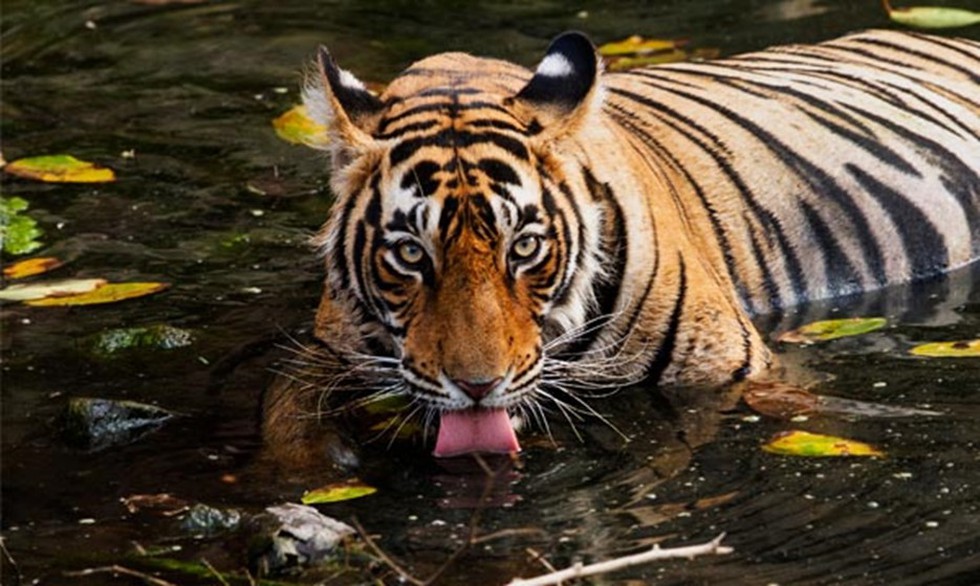
About Sathyamangalam Tiger Reserve:
- Location:
- It is located at the junction of the Eastern and the Western Ghats in the Nilgiri Biosphere Reserve, in the Erode District of Tamil Nadu.
- Its area is contiguous with the Mudumalai Tiger Reserve, Bandipur Tiger Reserve (Karnataka) and BR Tiger Reserve and Wildlife Sanctuary(Karnataka).
- Together, these reserves — forming the Nilgiris biosphere landscape — have the biggest tiger population in the world, at over 280 tigers.
- Terrain: It is hilly and undulated with altitude ranging between 750m and 1649m.
- Vegetation: It consists of southern tropical dry thorn forests, mixed deciduous forests, semi-evergreen forests, and Riparian forests.
- Climate:
- It is subtropical and dry.
- The summers are hot and dry; the monsoons are wet and cooler, with river flooding.
- Rivers: Some of the prominent rivers in the region include the Bhavani, Moyar, and Noyyal rivers.
- Tribal Communities: It is home to several indigenous tribal communities, including the Irula and Kurumba tribes.
- Flora: Common Species of trees and shrubs found are Albizzia amara Chloroxylon swictenia, Gyrocarpus jacquini, Neem, Tamarind, Sandalwood, Randi dumetorum, Zizyphus and associates.
- Fauna: The major species are Elephant, Tiger, Panther, Sloth bear, Gaur, Black Buck, Spotted deer, Wild boar, Black napped hare, Common langur Nilgiri langur, Striped neck mongoose and Bonnet macaque.
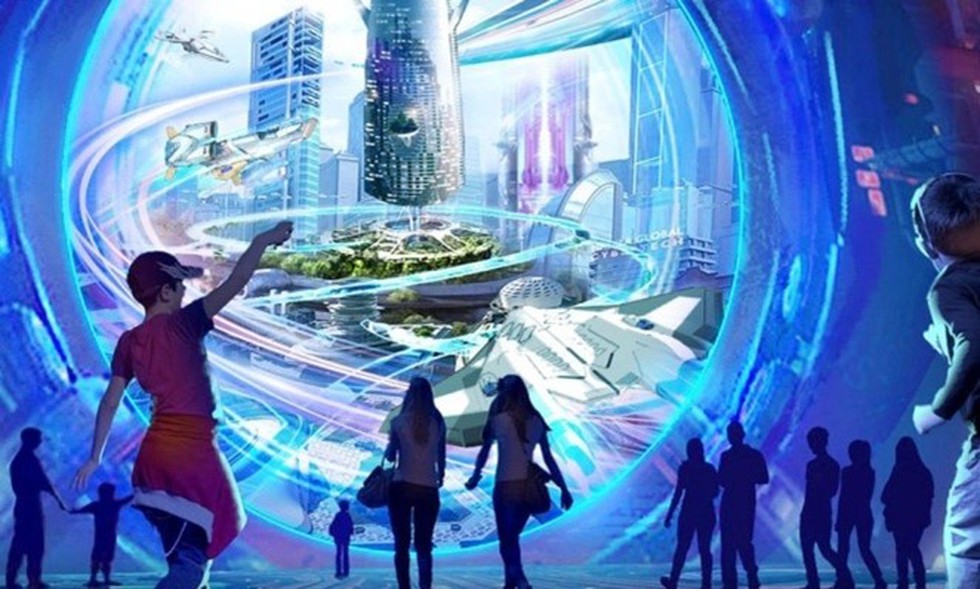
About Metaverse:
- It refers to a virtual or digital universe where people can interact with each other and digital objects in a shared online space.
- Origin of the term: The term “metaverse” first appeared in author Neal Stephenson’s 1992 science-fiction novel Snowcrash, which describes a future where millions of people use virtual avatars to participate in a cyberspace realm.
- The metaverse is essentially an interconnected network of virtual worlds, augmented reality, and virtual reality environments accessible through the internet.
- In this digital realm, users can create avatars, socialize with others, engage in various activities, explore virtual landscapes, and even conduct business or trade virtual goods and services.
- Elements of the metaverse include virtual reality (VR) platforms, augmented reality (AR) experiences, online games, social media, virtual commerce, and virtual art galleries, among others.
- The metaverse aims to offer a seamless and immersive experience, blurring the lines between the physical and digital worlds.
- Companies such as Meta (formerly Facebook), Microsoft, and Roblox are all investing heavily in the metaverse, and it is seen as a potential major driver of growth in the technology industry in the coming years.
What is Augmented Reality (AR)?
- It is an enhanced version of the real physical world that is achieved through the use of digital visual elements, sound, or other sensory stimuli and delivered via technology.
- It overlays digital content onto real-life environments and objects.
- AR works by superimposing digital information onto real-world objects to create a 3D experience that allows users to interact with both the physical and digital worlds.
- Unlike Virtual Reality (VR), which creates its own cyber environment, AR adds to the existing world as it is.
What is Virtual Reality (VR)?
- It is a simulated 3D environment that enables users to explore and interact with virtual surroundings in a way that approximates reality as it is perceived through the users' senses.
- The environment is created with computer hardware and software, and the users need to wear devices such as helmets or goggles (Virtual Reality headsets or helmets) to interact with the environment.
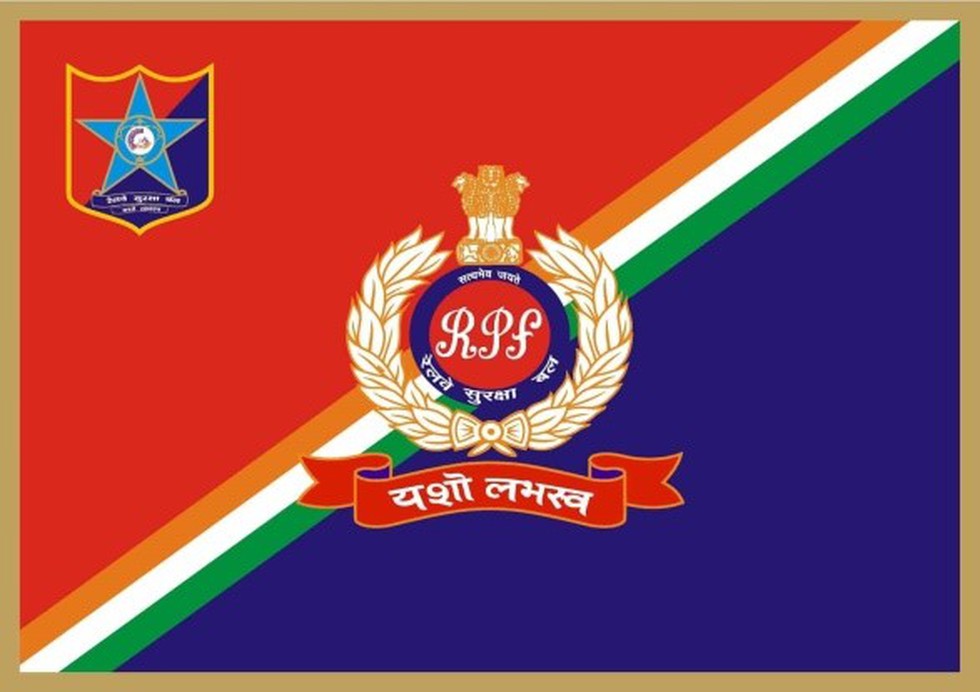
About Railway Protection Force:
- The history of the RPF dates back to 1882 when various Railway companies appointed their own guards for protection of Railway property.
- It was declared as statutory force in the year 1957 by an enactment of Parliament and subsequently declared as an armed force of the Union of India in the year 1985.
- In 2003, the RPF partially took up the duties of escorting of passenger trains and access control at the railway stations”.
- It is led by a director-general.
- It is an armed force under the operational and administrative control of the Union Ministry of Railways.
- It is tasked with protecting and securing railway property, the passenger areas, and the passengers themselves.
What is the Government Railway Police (GRP)?
- The GRP is a part of the district police force, reporting to the state government.
- It works alongside the RPF, and should, under ideal circumstances, complement and strengthens its operations.
- They responsible generally for the prevention and detection of crime on railways.
Source : RPF man held for killing 4 on train: What is this force, and how is it different from the GRP?
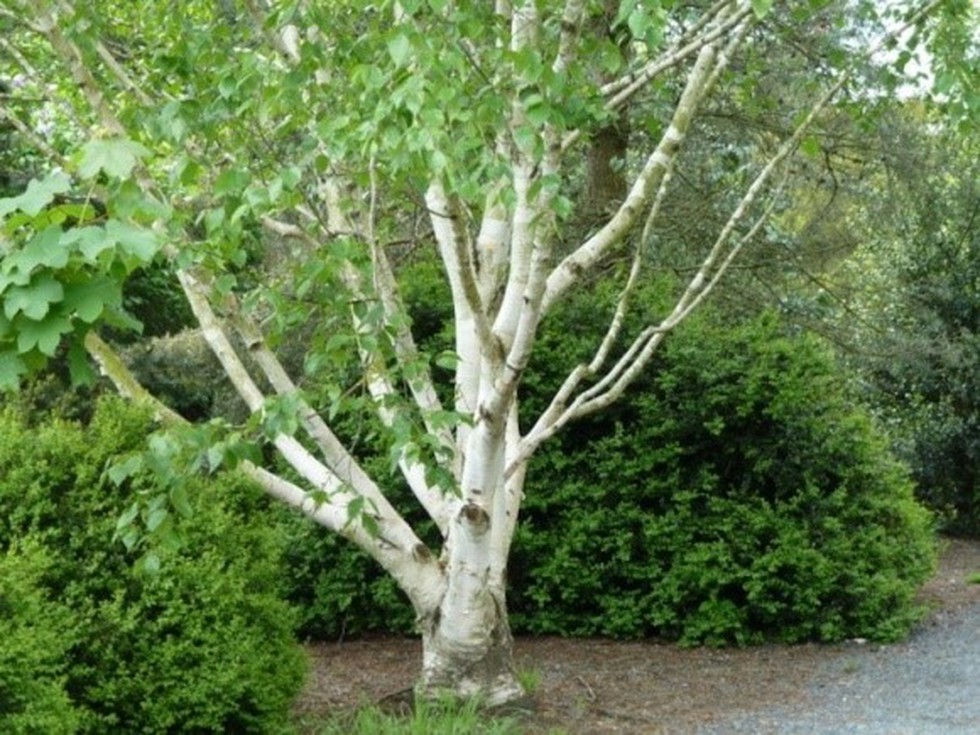
About Bhojpatra Tree:
- It is also known as Himalayan Birch and it is widely found in the Himalayas.
- It is a deciduous tree native to the Western Himalayas that grows at elevations of up to 4,500 metres
- It has a high freezing tolerance potential, allowing it to form a treeline in the Himalayan region.
- It is a long-lived species which can survive up to 400 years and the only angiosperm in the Himalaya which dominates an extensive area at sub - alpine altitudes.
- Distribution: It is widely distributed in the altitudinal range from 3100 - 3800 m in North-western Himalaya.
- It contributes to the preservation of the Himalayan ecosystem by reducing soil erosion and creating a bio-shield for the remaining forests and sub-alpine meadows below the treeline.
- The bark of this tree was used for centuries in our Country for writing lengthy scriptures and texts in Sanskrit and other scripts, particularly in historical Uttarkhand and Kashmir.
Source : 'Bhojpatra calligraphy' business by Mana women a boost for economy: PM Modi

About India Stack:
- It is a set of Application Programming Interface (APIs) that allows governments, businesses, startups and developers to utilise a unique digital Infrastructure.
- India Stack consists of three layers of open APIs: identity, payments, and data.
- Although the name of this project bears the word India, the vision of India Stack is not limited to one country.
- It can be applied to any nation, be it a developed one or an emerging one.
- The four distinct technology layers provided are
- Presenceless layer: Where a universal biometric digital identity allows people to participate in any service from anywhere in the country.
- Paperless layer: Where digital records move with an individual's digital identity, eliminating the need for massive amount of paper collection and storage.
- Cashless layer: Where a single interface to all the country's bank accounts and wallets to democratize payments.
- Consent layer: Which allows data to move freely and securely to democratize the market for data?
- Some of the APIs that are a central part of India Stack: Aadhaar Proof, Aadhaar e-KYC, e-Sign, Digital Locker, Unified Payment Interface
- The Open API team at iSPIRT has been a pro-bono partner in the development, evolution, and evangelisation of these APIs and systems.
What is API?
- In the context of APIs, the word Application refers to any software with a distinct function.
- Interface can be thought of as a contract of service between two applications.
- This contract defines how the two communicate with each other using requests and responses.
- Their API documentation contains information on how developers are to structure those requests and responses.
Source : India-Papua New Guinea sign MoU for India Stack collaboration
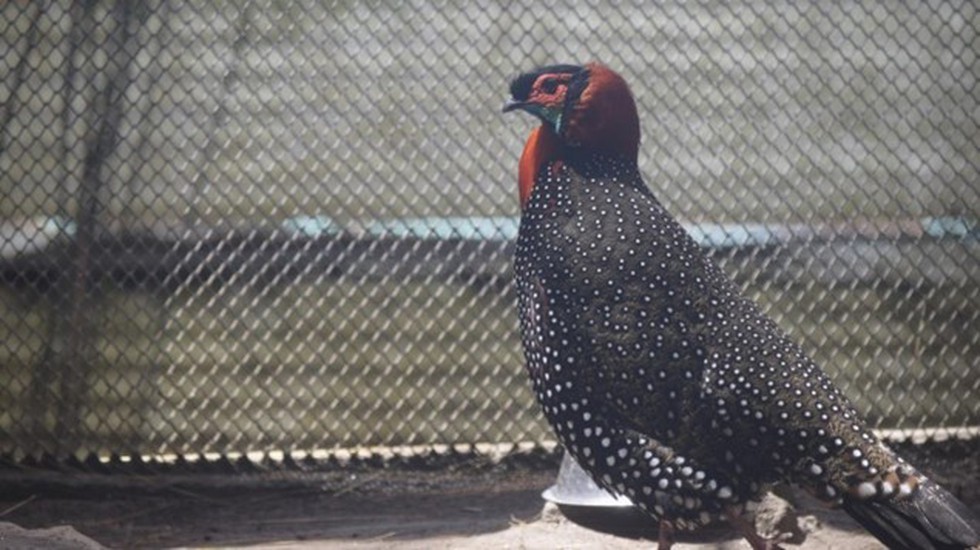
About Western Tragopan:
- It is also known as the western horned tragopan, is amongst the rarest of all living pheasants.
- Due to its beautiful plumage and large size, this bird is locally known as ‘jujurana’ or ‘king of birds’.
- It is the state bird of Himachal Pradesh.
- Distribution: It is endemic to the northwest Himalaya, within a narrow range from Hazara in north Pakistan through Jammu and Kashmir and Himachal Pradesh, to the western part of Garhwal.
- The upper part of Great Himalayan National Park’s (GHNP) forest zone holds the world’s largest known population of western tragopan.
- It prefers a habitat of ringal (dwarf) bamboo beneath dense forest.
- Diet: It feeds mostly on leaves, shoots and seeds, but also consumes insects and other invertebrates.
- Threats: Habitat loss, hunting pressure and anthropogenic disturbances which includes livestock grazing, minor forest produce collection like medicinal herbs etc.
- Conservation status
- IUCN: Vulnerable
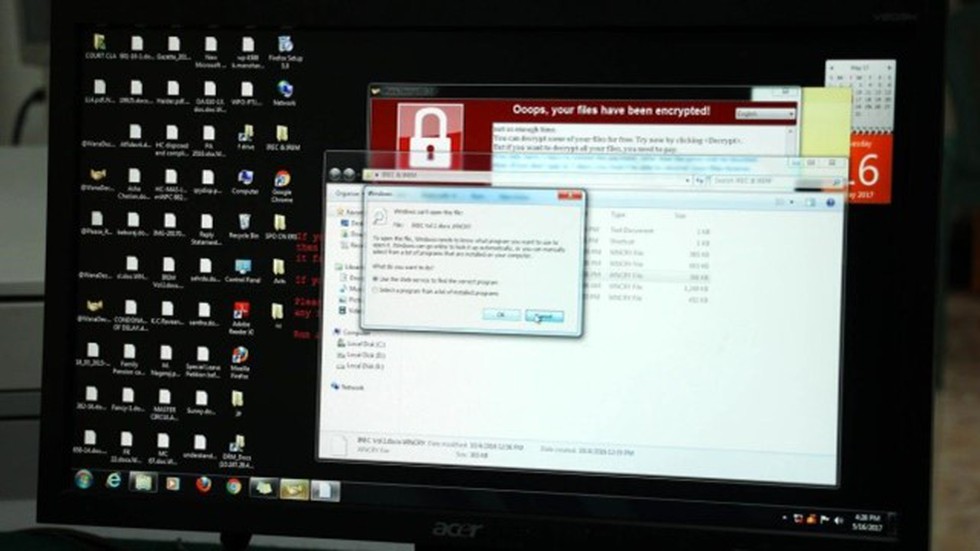
About Akira Ransomware:
- It is designed to encrypt data, create a ransomware note and delete Windows Shadow Volume copies on affected devices.
- The ransomware gets its name due to its ability to modify filenames of all encrypted files by appending them with the “.akira” extension.
How does Akira Ransomware work?
- The ransomware is designed to close processes or shut down Windows services that may keep it from encrypting files on the affected system.
- It uses VPN services, especially when users have not enabled two-factor authentication, to trick users into downloading malicious files.
- The ransomware also terminates active Windows services using the Windows Restart Manager API, preventing any interference with the encryption process.
- It is designed to not encrypt Program Data, Recycle Bin, Boot, System Volume information, and other folders instrumental in system stability.
- It also avoids modifying Windows system files with extensions like .syn. .msl and .exe.
- Once sensitive data is stolen and encrypted, the ransomware leaves behind a note named akira_readme.txt which includes information about the attack and the link to Akira’s leak and negotiation site.
- Each victim is given a unique negotiation password to be entered into the threat actor’s Tor site.
- Unlike other ransomware operations, this negotiation site just includes a chat system that the victim can use to communicate with the ransomware gang.
How does ransomware infect devices?
- Ransomware is typically spread through spear phishing emails that contain malicious attachments in the form of archived content (zip/rar) files.
- Other methods used to infect devices include drive-by-download, a cyber-attack that unintentionally downloads malicious code onto a device, and specially crafted web links in emails, clicking on which downloads malicious code.
- The ransomware reportedly also spreads through insecure Remote Desktop connections.
Source : What is the Akira ransomware, and why has the government issued a warning against it?
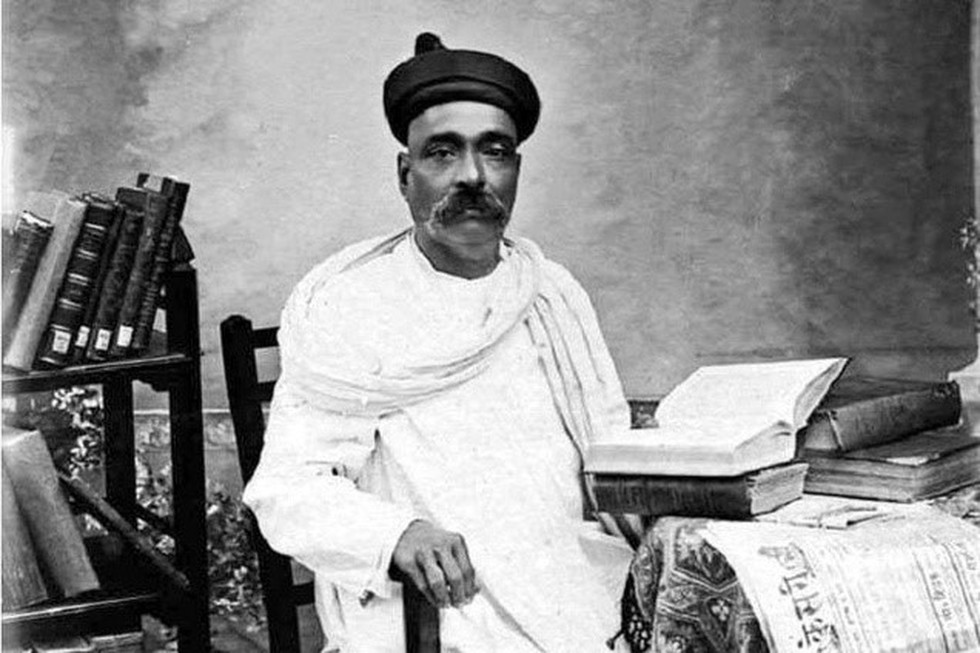
About Lokmanya Tilak National Award:
- The award was instituted in 1983 by the Tilak Smarak Mandir Trust.
- This award is given every year on 1st August, the death anniversary of Lokmanya Tilak, to persons who have made remarkable and extraordinary contributions, working for the progress and development of the nation.
Who was Lokmanya Tilak?
- Bal Gangadhar Tilak, commonly known as Lokmanya Tilak, was a prominent Indian nationalist, freedom fighter, social reformer, and political leader during the Indian independence movement.
- He was one of the prime architects of modern India and probably the strongest advocate of Swaraj or Self Rule for India.
- He is known for his slogan, "Swaraj is my birthright and I shall have it."
- He was born as Keshav Gangadhar Tilak and his followers bequeathed upon him the title of ‘Lokmanya’, meaning he who is revered by the people.
- Extremist:
- He was considered a radical Nationalist.
- The British Government termed him the "Father of Indian Unrest".
- Organisations:
- He joined the Indian National Congress Party in the year 1890.
- He also helped found the All India Home Rule League in 1916–18 with G. S. Khaparde and Annie Besant.
- Tilak started his Home Rule League in Maharashtra, Central Provinces, and Karnataka and Berar region. Besant's League was active in the rest part of India. It aimed to advocate for self-rule and raise public awareness about India's right to govern itself.
- Literary works:
- Tilak was a prolific writer and journalist. He used his newspaper, "Kesari" (meaning Lion) in Marathi and later "Maratha" in English to disseminate nationalist ideas.
- Some of his notable literary works include "The Arctic Home in the Vedas," where he presented his theory that the Vedas originated in the Arctic region, and "Shrimad Bhagavad Gita Rahasya," an interpretation of the Bhagavad Gita from a nationalist perspective.
- Educationist:
- Tilak believed in the power of education and established the Deccan Education Society in Pune in 1884.
- The society founded Fergusson College and the New English School, which played crucial roles in promoting modern education in Maharashtra.
- Tilak taught mathematics at Fergusson College.
- Social Reform: Lokmanya Tilak was also an advocate of social reform. He actively supported the eradication of social evils like untouchability and child marriage and promoted education for women.
- Lal-Bal-Pal: He had popular leaders such as Bipin Chandra Pal and Lala Lajpat Rai as his political companions, and the three were popularly known as the ‘Lal-Bal-Pal triumvirate.’
- Imprisonments: He was arrested for sedition on multiple occasions. His most prolonged incarceration lasted from 1908 to 1914, during which he wrote the famous book "Gita Rahasya" (The Secret of the Bhagavad Gita).
- In 1916 he concluded the Lucknow Pact with Mohammed Ali Jinnah, which provided for Hindu-Muslim unity in the nationalist struggle.


.png)
.png)
.png)
























































































































































.png)
.png)
.png)
.png)
.png)


.png)
.png)
.png)





.png)
.png)






.png)
.png)
.png)
.png)
.png)
.png)
.png)
.png)
.png)

.png)







.png)
.png)


.png)
.png)
.png)


.png)

.png)
.png)





.jpg)

.png)
.png)


.png)

.png)
.png)
.png)

.jpg)

.jpg)


.png)

.png)
.png)
.png)
.png)
.png)
.png)
.png)




.png)

.png)





.png)
.png)
.png)
.png)
.png)
.png)
.png)
.png)
.png)
.png)
.jpg)
.jpg)

.png)
.png)
.png)
.png)
.png)
.png)
.png)
.png)
.png)
.png)
.png)
.png)
.png)
.png)
.png)
.png)
.png)
.png)
.png)
.png)
.png)
.png)



.png)
.png)

.jpg)
.jpg)


.jpg)
.jpg)
.jpg)
.jpg)
.jpg)

.jpg)








.jpg)
.jpg)
.jpg)
.jpg)
.jpg)

















.jpg)
.jpg)







.jpg)


















.jpg)
.jpg)






























































































.jpg)
.jpg)


























.jpg)

.jpg)










.jpg)








.jpg)




.jpg)










.jpg)


















.jpg)












































.jpg)














.jpg)
.jpg)
.jpg)





.jpg)

.jpg)
.jpg)





































































.jpg)


































.jpg)
.jpg)
















































.jpg)












.jpg)


.jpg)




.jpg)
.jpg)
.jpg)

.jpg)
.jpg)
.jpg)
.jpg)

.jpg)
.jpg)
.jpg)

.jpg)
.jpg)
.jpg)
.jpg)
.jpg)
.jpg)
.jpg)
.jpg)

.jpg)


.jpg)
.jpg)
.jpg)
.jpg)
.jpg)
.jpg)
.jpg)
.jpg)
.jpg)
.jpg)











.jpg)
.jpg)





.jpg)
.jpg)
.jpg)
























.jpg)
























.jpg)









.jpg)
.jpg)







.jpg)
.jpg)









































.jpg)
.jpg)
.jpg)
.jpg)
.jpg)

.jpg)
.jpg)
.jpg)
.jpg)
.jpg)


.jpg)
.jpg)
.jpg)
.jpg)
.jpg)

.jpg)
.jpg)
.jpg)
.jpg)
.jpg)
.jpg)
.jpg)
.jpg)
.jpg)
.jpg)
.png)

.png)
.png)

.png)
.png)
.png)
.png)


.jpg)
.jpg)

.jpg)
.jpg)
.jpg)

.png)
.png)
.png)
.png)
.png)
.png)
.png)

.png)
.png)
.png)
.png)
.png)
.png)
.png)
.png)
.png)
.png)





































































-min.png)



.png)




.png)








































